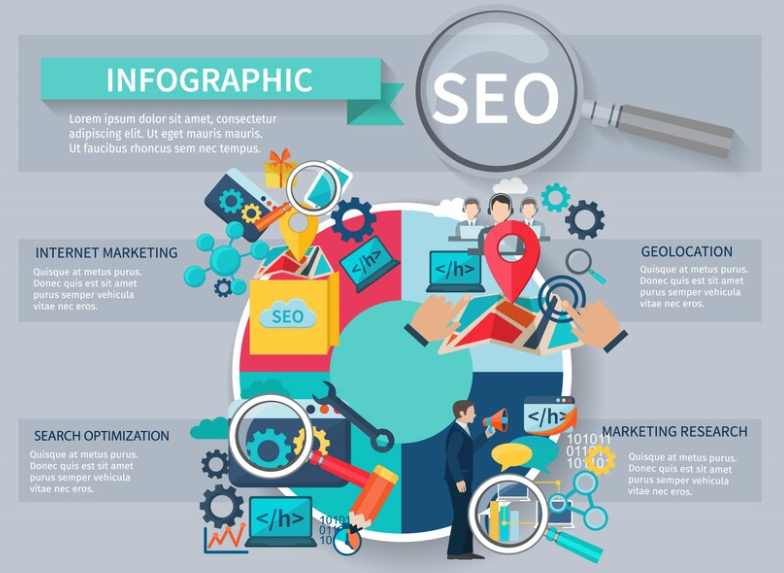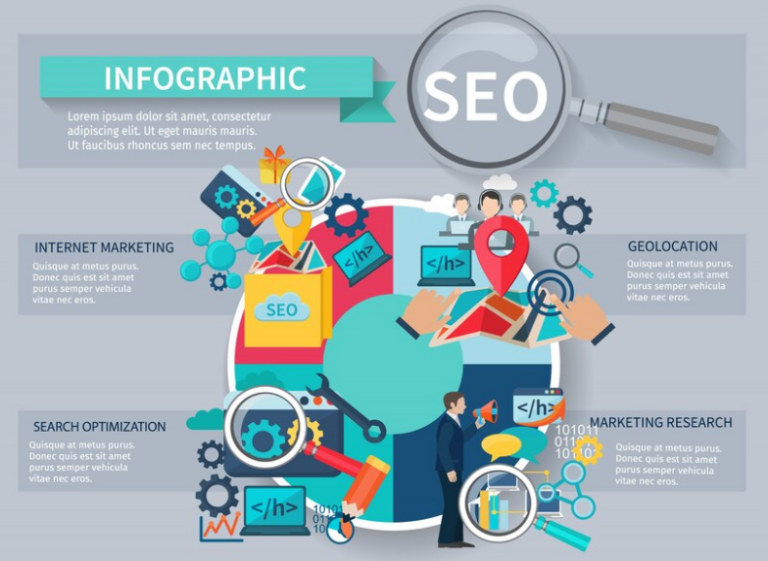The way developers create intelligent systems has changed significantly with the release of Google’s Agent Development Kit (ADK). ADK allows developers to orchestrate modular agents, each with a distinct purpose but able to coordinate seamlessly, in a manner strikingly similar to how engineers used to put together intricate supply chains. Launched at Google Cloud Next 2025, this open-source framework reimagines AI development as a series of interconnected, flowing conversations between specialized systems that collaborate, much like a stage play’s ensemble cast.
Google is expanding its playbook to a larger developer community by making the same infrastructure used in its own agent-powered products, like Agentspace and the Customer Engagement Suite, open-source. ADK provides exceptional flexibility instead of imposing rigidity on users to stick to a single model or vendor. In addition to integrating with LiteLLM to access providers like Anthropic, Meta, and AI21, it supports Gemini natively. Because of its inclusivity, ADK is especially advantageous for developers who want both production-level control and creative freedom.
Google Agent Development Kit – Key Specifications
| Feature Area | Description |
|---|---|
| Framework Name | Agent Development Kit (ADK) |
| Creator | |
| Release Date | April 2025 |
| Programming Language | Python |
| Primary Use | Building, orchestrating, and deploying AI agents |
| Model Compatibility | Gemini, Vertex AI, Anthropic, Meta, Mistral AI, AI21 Labs |
| Tool Ecosystem | Search, Code Exec, LangChain, CrewAI, LlamaIndex |
| Deployment Options | Docker, Vertex AI Agent Engine, Cloud Run |
| Streaming Support | Bidirectional audio and video |
| Documentation Access | google.github.io/adk-docs |
In actuality, ADK functions similarly to a digital command center. Using Python, developers can create agents, give them particular tasks, and connect them with dynamic workflows. Static sequences, adaptive loops, and LLM-based routing—a particularly novel feature that enables agents to reroute tasks based on context—are among the orchestration options. Similar to how human teams naturally divide up tasks based on expertise, this adaptive behavior seems almost instinctive.

The hierarchical agent model of ADK is what makes it so brilliant. Instruction-driven descriptions can be used by a root agent to assign tasks to sub-agents. Consider a WeatherAgent, for example. This agent can identify the user’s “Hello” as a social cue and forward it right away to a GreetingAgent. However, the same root agent can use a get_weather tool to retrieve the data itself if the request is about the weather. Without compromising user experience, these smooth transitions are incredibly effective at streamlining intricate interactions.
Real-time bidirectional streaming of both audio and video is incorporated into ADK to allow agents to communicate in more responsive and natural-feeling ways. This feature is especially useful in customer service, healthcare, and educational contexts where a kind tone or sympathetic pause can revolutionize user engagement. Imagine a senior AI assistant that not only understands their worries but also speaks to them in a kind and nuanced manner. That becomes tangible with ADK.
Users commended ADK’s incredibly clear interface and simplified CLI tools during recent developer trials. With the most recent documentation updates, early adopters’ concerns about minor friction in manual setup steps were greatly allayed. The addition of a visual Web user interface (UI), a test suite for assessments, and organized deployment pathways into local containers and Vertex AI‘s scalable cloud environment demonstrate Google’s dedication to enhancing usability.
The toolkit’s evaluation lifecycle is especially novel. Developers can use Agent Evaluator evaluate() to analyze decision paths and evaluate agent behavior using strict benchmarks, in addition to verifying final responses. This degree of self-examination is essential for enterprise deployment, where accountability and dependability are highly valued. Additionally, ADK’s integrated assessment framework turns into a potent ally in a time when concerns about AI transparency are growing.
Selecting between Genkit and ADK becomes a question of scope in the context of AI development. Whereas ADK provides a thorough blueprint designed for agent-based systems, Genkit provides adaptable building blocks. While ADK is a complete construction site with a crane, blueprint, and modular walls ready for assembly, consider Genkit to be a sandbox. ADK is especially well-suited for developers creating highly interactive, multi-agent, immersive experiences.
Enterprise teams can also deploy production-ready agents without worrying about scalability thanks to ADK’s direct integration with Vertex AI Agent Engine. These agents can safely access real-time business data by connecting to services like BigQuery, NetApp, and Apigee, generating dynamic feedback loops. The usefulness of ADK for teams overseeing sensitive user workflows or vital infrastructure is further supported by this architectural depth.
For those who follow industry trends, ADK is a direct answer to the increasing need for agentic systems, which are autonomous, purpose-driven AI units that work together. It reflects changes in the larger field of artificial intelligence, where agent cooperation is becoming more popular than brute-force singularity. Multi-agent orchestration is quickly taking the lead in scalable AI systems, much like microservices supplanted monolithic codebases in contemporary software design.
The way that ADK democratizes this design philosophy is especially intriguing. It lowers the bar for experimentation with its open-source license, easily accessible tooling, and integration with well-known Python workflows. Intelligent systems can now be prototyped with the same level of rigor that was previously only possible in billion-dollar R&D labs by researchers, hobbyists, and startups.
Applications built on ADK are expected to proliferate in the upcoming months, ranging from AI-powered travel agents capable of overseeing entire itineraries to self-governing business consultants that produce reports and suggestions instantly. As these systems become more popular, they will do more than just help; they will cooperate, assign tasks, and change to meet user objectives.
